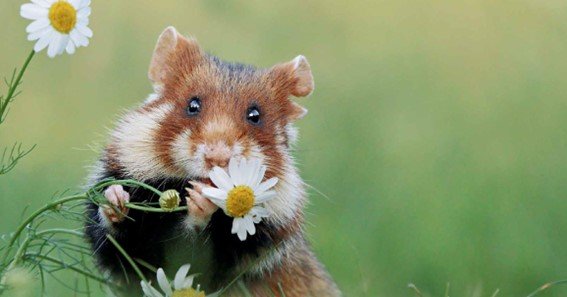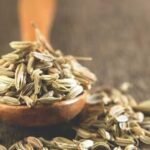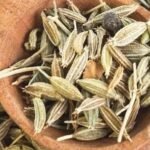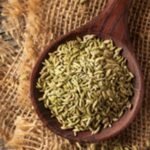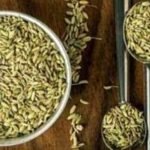While we often see hamsters as adorable pets, their wild counterparts have a fascinating and varied diet. So, what do wild hamsters eat in their natural environment? Unlike domesticated hamsters, wild hamsters rely on foraging to gather food that suits their nutritional needs. Understanding their diet can provide insights into how to properly care for domesticated hamsters. In this article, we’ll explore the wild hamster diet, their foraging habits, and the types of food they thrive on in the wild.
What Do Wild Hamsters Eat?
In the wild, hamsters have a diverse diet. What do wild hamsters eat? Their diet primarily consists of seeds, grains, grasses, and insects. Wild hamsters are omnivores, meaning they consume both plant-based and animal-based food sources. This balanced diet allows them to get the nutrients they need to stay healthy and survive in their natural habitat.
Wild hamsters are opportunistic eaters, meaning they eat whatever is available in their environment. Their diet changes with the seasons and the availability of wild hamster food sources. For example, in warmer months, they may find a plentiful supply of fresh vegetation and insects, while in colder months, they rely on stored food.
Natural Diet of Wild Hamsters
The natural diet of wild hamsters is essential for their survival, as they are responsible for finding their own food in the wild. This diet is rich in seeds, fruits, vegetables, and small insects. Seeds and grains make up a significant portion of the food for wild hamsters. They gather these from grasses and plants found in their environment. Additionally, wild hamsters eat insects, which provide an essential source of protein.
Wild hamsters also forage for fresh greens, berries, and roots. These foods offer hydration and vital nutrients that contribute to wild hamster nutrition. Unlike pet hamsters, wild hamsters have to adapt their diet based on what is available, making them highly resourceful foragers.
Wild Hamster Feeding Habits
Wild hamster feeding habits are largely influenced by their nocturnal nature. Hamsters typically forage for food at night when they are less likely to encounter predators. They have large cheek pouches that allow them to carry food back to their burrows. This means they can collect food in one area and store it for future use.
The ability to store food is an important survival skill for wild hamsters, especially in areas where food is scarce during colder months. By hoarding food in their burrows, they ensure they have enough to eat when it becomes difficult to forage.
Their foraging habits of wild hamsters also involve digging for underground roots and tubers, which are rich in nutrients. This instinctive behavior helps them diversify their diet.
FAQ
1. What do hamsters eat in nature?
In nature, hamsters eat a variety of seeds, grains, fruits, vegetables, and insects. Their omnivorous diet helps them stay healthy by providing essential nutrients.
2. What is the natural diet of wild hamsters?
The natural diet of wild hamsters includes seeds, grains, fresh vegetation, and insects. They adapt their diet based on the availability of food in their environment.
3. Do wild hamsters eat insects?
Yes, wild hamsters eat insects, which are a vital source of protein in their diet. Insects like mealworms, beetles, and other small bugs are commonly consumed by wild hamsters.
4. What are wild hamster feeding habits?
Wild hamsters forage at night and store food in their burrows for future consumption. They gather food such as seeds, grains, and insects in their cheek pouches to transport it back to their burrows.
5. How do wild hamsters find food?
Wild hamsters use their keen sense of smell to locate food sources. They forage for seeds, grains, roots, and insects in their environment, and they dig underground to access nutrient-rich tubers.
Conclusion
Understanding what do wild hamsters eat gives us a glimpse into their fascinating survival skills. Their diet is diverse, consisting of seeds, grains, insects, and fresh vegetation, all of which provide the nutrients they need to thrive. By studying the wild hamster diet, we can better replicate their natural eating habits in domestic environments and ensure they receive the proper nutrition. Whether they are foraging in the wild or living as pets, hamsters are resourceful creatures with unique feeding habits that adapt to their surroundings.
